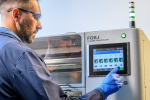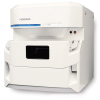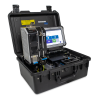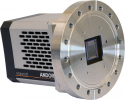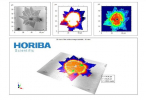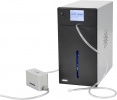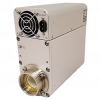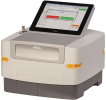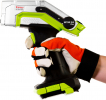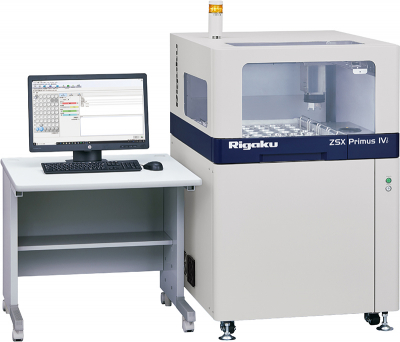
Rigaku Corporation has introduced the Rigaku ZSX Primus IVi tube-below sequential wavelength dispersive X-ray fluorescence (WDXRF) spectrometer. The new spectrometer has a tube-below configuration optimised for the measurement of a variety of sample types including liquids, alloys and plated metals. The efficiency of the new drive sequence decreases time between multiple high-speed precision measurements. The redesigned control systems optimise a series of movement sequences, also resulting in shortened measurement times. A patented vacuum partition system is used for analysing liquids. Because the spectroscopic chamber is separated from the sample chamber when changing helium gas, the conversion from vacuum atmosphere to helium atmosphere can be completed in under two minutes. Helium consumption is further reduced compared to models where the spectroscopic chamber must also be fully purged.
The Rigaku optical system is resistant to impact by sample surface height, and enables suppression of X-ray intensity changes caused by variation in distance from the tube. Accuracy of analysis is enhanced by minimising the effects from differences in fusion moulds used in glass bead formulation and the impact of uneven sample surfaces. The enhanced ZSX Guidance software, that comes with the spectrometer, guides the user through automated optimised analysis settings. The software includes a quantitative application auto-configuration features that automatically sets measurement conditions and various corrections based on the user’s own standards. An error prevention function, which can set an access level for each operator, was also added for worry-free operation. The software is programmable for routine, everyday analysis using removable sample trays. Sample ID settings for each tray facilitates easy copy-and-paste for efficient measurements. Improved accuracy of liquid sample analysis is achieved by enabling the correction of geometry effect caused by the geometry of liquid sample cups.


